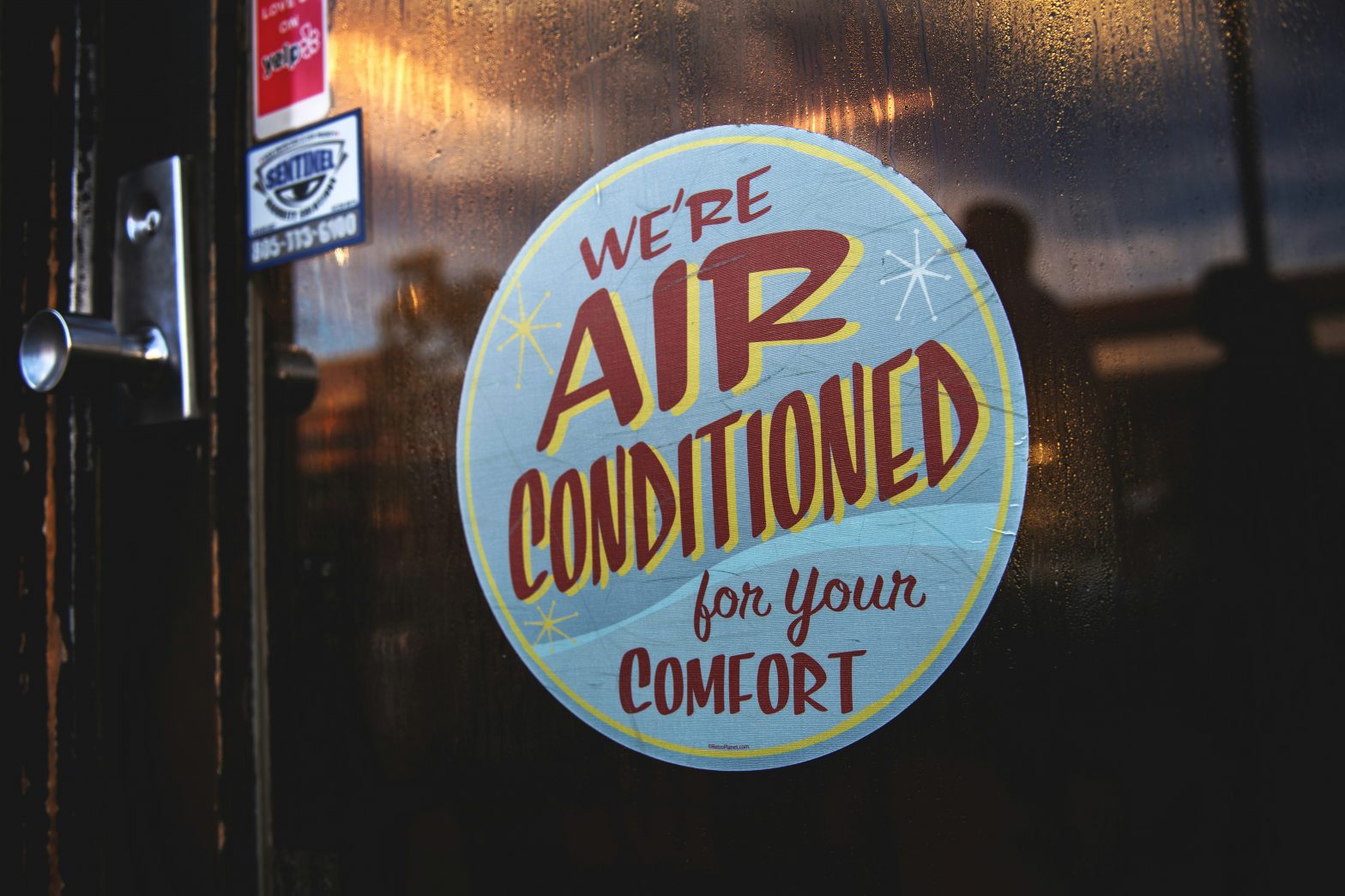The cooling brand wars are heating up. Competition among air conditioning manufacturers is intensifying — not only on retail shelves but across television screens, social media feeds, and cricket stadiums, as the country braces for another sweltering summer. With demand for cooling solutions projected to surge, companies are making aggressive moves to claim their share of a rapidly expanding market.
In anticipation of peak summer sales, air conditioning brands are investing heavily in marketing. From high-production commercials touting energy efficiency to strategic influencer collaborations spotlighting smart cooling technology, the advertising arms race is in full swing.
“Last year saw unprecedented growth in the room AC business due to an exceptionally harsh summer,” said Girish Hingorani, Vice President of Marketing for Cooling and Purification Appliances at Blue Star. “The industry experienced 35 to 40 percent growth, but for us, it was even higher — around 50 to 60 percent. We’re targeting a 30 to 40 percent increase this year, depending on how the season unfolds.”
According to data from Statista, India’s air conditioning market is projected to generate $7.52 billion in revenue in 2025, with a compound annual growth rate of 16.14 percent through 2030. Industry observers attribute this momentum to rapid urbanization, an expanding middle class, and prolonged heatwaves, all of which are fueling demand for residential and commercial cooling.
Timing is critical. Industry data shows that nearly 67 percent of annual AC sales occur between March and June. For some, this compressed window has yielded record-breaking results. “In FY24, we sold more than 2 million units — the highest number ever sold by a single brand in India,” said Pragya Bijalwan, Head of Marketing at Voltas.
Even as brands battle for consumer attention, they are doing so with notable shifts in their media strategies. Hingorani said Blue Star spent Rs40 crore on summer campaigns last year, with a total annual advertising outlay of Rs50 crore. This year, the company expects to increase its summer spend to Rs50 crore, with plans for Rs65–70 crore across the full year.
Television remains a dominant platform. “About 50 to 60 percent of our budget goes to TV advertising, including Connected TV,” Hingorani said. “Digital accounts for 30 percent, with a focus on performance marketing through Amazon, Flipkart, Google, and Meta. Only 10 percent is spent on out-of-home and print media.”
At Voltas, a similar allocation strategy is at play. “We take a balanced approach — 50 percent traditional, 50 percent digital — but around 60 to 70 percent of our total media spend is tied to the IPL,” said Bijalwan. “It’s the most watched property on Indian television and delivers the best ROI.”
Godrej is also betting big on sports-driven visibility. “This summer, we are increasing our ad spend by 25 percent,” said Swati Rathi, Head of Marketing at Appliances Business of Godrej Enterprises Group. “We’ll split our budget equally between traditional and digital, with around 30 percent going to IPL-related campaigns.”
As the mercury rises, so too does the race to launch new products. Blue Star is rolling out 150 models this summer, including 40 smart ACs and a range of heavy-duty systems designed for extreme conditions. Godrej plans to introduce 67 new SKUs, while Voltas is doubling down on premiumization and IoT-enabled solutions.
Still, despite India’s growing digital economy, brick-and-mortar retail remains king in the appliance segment. “Roughly 12 percent of our sales come from e-commerce,” Hingorani said. “The rest — 88 percent — is through general and modern trade. Smaller towns are slowly warming to online shopping, but it’s still early.”
Godrej reports a similar breakdown, with e-commerce accounting for just 15 percent of total sales. Rathi noted that more than half of industry-wide sales originate in cities with populations over 10 lakh, but smaller towns are showing the fastest growth. Voltas, too, sees only about 10 percent of its sales from online platforms.
As the summer stretches longer and hotter each year, cooling brands are adapting and evolving. From shifting consumer behavior and smarter, sustainable cooling solutions to the dominance of digital media and sports partnerships, the competition for comfort is becoming a high-stakes, high-budget affair.
